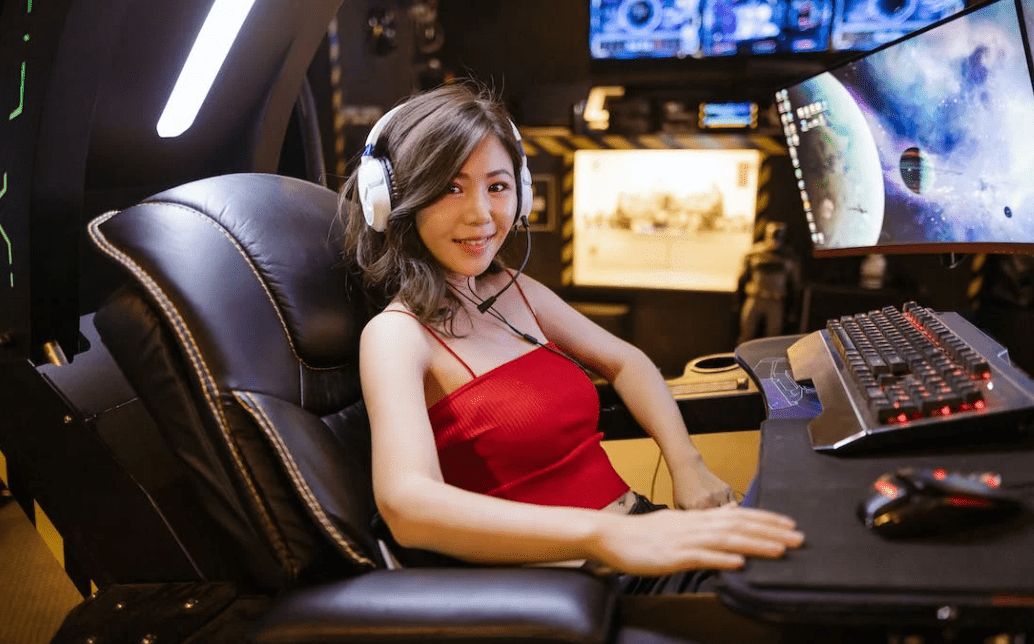Selecting the perfect gaming monitor is a crucial step in curating an optimal gaming experience. With a myriad of options available, each boasting different specifications and features, the process can be overwhelming. This comprehensive guide aims to demystify the decision-making process, providing insights into key factors to consider when choosing the right monitor for your gaming PC.
1. Resolution Matters: Finding the Sweet Spot
When delving into the realm of gaming monitors, the resolution is a fundamental aspect to consider. The resolution determines the clarity and sharpness of visuals. Common resolutions include Full HD (1080p), Quad HD (1440p), and Ultra HD (4K). The choice depends on personal preferences and the capabilities of your gaming PC. While higher resolutions offer more detailed visuals, they also demand more powerful hardware.
2. Refresh Rates: Smooth Gameplay Unleashed
Refresh rates play a vital role in providing smooth and fluid gameplay. Measured in Hertz (Hz), the refresh rate signifies how many frames per second the monitor can display. Standard monitors often come with a 60Hz refresh rate, but for gaming, higher rates like 144Hz or 240Hz are preferable. The increased refresh rate ensures a smoother gaming experience, especially in fast-paced games where quick reactions are crucial.
3. Panel Types: Choosing the Right Display Technology
Monitors utilize different panel technologies, each with its strengths and weaknesses. The three primary types are Twisted Nematic (TN), In-Plane Switching (IPS), and Organic Light-Emitting Diode (OLED). TN panels offer fast response times but may compromise on color accuracy. IPS panels provide vibrant colors and wider viewing angles but may have slower response times. OLED panels excel in both response times and color reproduction but can be more expensive.
4. Adaptive Sync Technologies: G-Sync vs. FreeSync
Adaptive sync technologies like G-Sync (NVIDIA) and FreeSync (AMD) play a crucial role in eliminating screen tearing and stuttering during gameplay. G-Sync is designed for NVIDIA graphics cards, while FreeSync caters to AMD cards. When selecting a gaming monitor, it’s essential to ensure compatibility with your graphics card to leverage these technologies effectively.
5. Size and Aspect Ratio: Tailoring to Your Preferences
The size and aspect ratio of a gaming monitor contribute significantly to the overall gaming experience. Larger monitors provide a more immersive feel, but the ideal size depends on personal preferences and available space. Aspect ratio, represented as width:height, influences the field of view. Common ratios include 16:9 and 21:9, with the latter offering a wider view ideal for certain gaming genres.
6. Response Time: Minimizing Motion Blur
Response time refers to how quickly pixels can change from one color to another. For gaming, low response times are crucial to minimize motion blur, especially in fast-paced games. Monitors with response times of 5ms or lower are generally suitable for gaming, ensuring that visuals remain crisp and clear during rapid movements.
7. Connectivity Options: Future-Proofing Your Setup
Consider the connectivity options offered by the gaming monitor to ensure compatibility with your gaming PC and other devices. HDMI, DisplayPort, and USB-C are common interfaces. Opt for a monitor with versatile connectivity options to future-proof your setup, accommodating new devices and peripherals.
8. HDR Capabilities: Enhancing Visual Realism
High Dynamic Range (HDR) technology enhances visual realism by providing a broader range of colors and increased contrast ratios. When choosing a gaming monitor with HDR capabilities, consider different HDR standards such as HDR10 and Dolby Vision. HDR can significantly contribute to a more immersive and lifelike gaming experience.
9. Gaming Modes and Features: Customizing Your Experience
Many gaming monitors come equipped with specific gaming modes and features. These include customizable RGB lighting, preset color profiles, and on-screen display (OSD) options. These features allow you to tailor your monitor settings to match different gaming genres, creating a personalized gaming environment.
10. Budget Considerations: Finding the Sweet Spot
While it’s tempting to go for the latest and most feature-packed gaming pc budget considerations are crucial. Strike a balance between the features you need and your budget constraints. Numerous monitors offer excellent value for their price, providing the essential features for an immersive gaming experience without breaking the bank.
Conclusion
Choosing the right monitor for your gaming PC involves a careful consideration of various factors. By understanding the importance of resolution, refresh rates, panel types, and additional features like adaptive sync and HDR, you can make an informed decision. Tailor your choice to align with your gaming preferences and priorities, ensuring that your monitor enhances, rather than hinders, your overall gaming experience.
In conclusion, the world of gaming monitors offers a diverse range of options, each catering to different needs. Whether you’re a competitive esports enthusiast or a casual gamer, the right monitor can make a substantial difference in how you experience and enjoy your favorite games.


